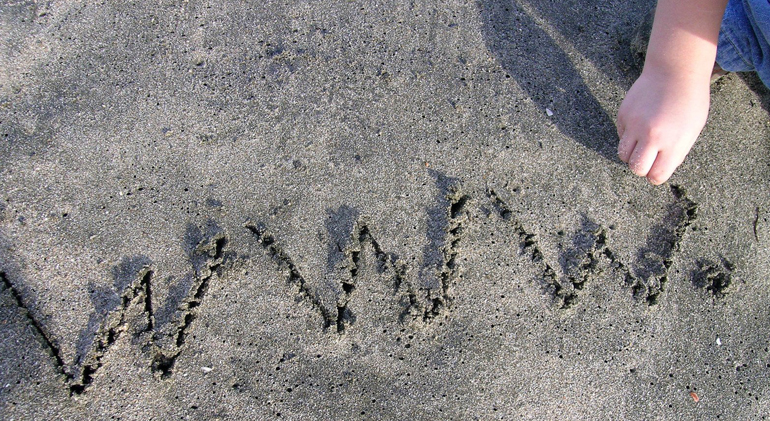

However, other than information, certain articles, images, photos, audio, audio-visual recordings and other forms of intellectual creations can be found on the Net, whereby such creations could represent copyrighted work.
In that regard, it often happens that users download content from the Net, primarily photos or images, which are copyrighted works, and use those contents for their own needs, usually for their websites, marketing, branding and etc. believing that once such content is placed on the Net, it became free to use.
Having that in regard, is such an approach correct, i.e. could we download and use for our needs, without limitations, the copyrighted work placed on the Net?
The answer is simple – NO!
Namely, copyrights encompass a wide range of rights, which, inter alia, include the author’s right to publish his copyrighted work and to determine the manner in which the copyrighted work shall be published, the right to protect the integrity of the copyrighted work, the right on public usage, and a set of other rights.
In other words, the author decides independently how the copyrighted work will be presented for the first time and how he will continue to use his copyrighted work, where the copyrighted work will be published / presented, manner of the usage, etc. Moreover, it is important to note that one use does not exhaust the copyrights, while the copyright holder reserves all copyrights even after the copyrighted work was made publicly available via the Net.
Therefore, the copyrighted works placed on the Net, chiefly – photos, images and copyrighted articles; are not free-to-use thus the copyrighted works placed on the net cannot be downloaded and/or used without prior consent of the copyright holder, especially utilizing those copyrighted works publicly within commercial activities.
It is for this reason why, often on photos and images that can be found on the Net, the notification “all rights reserved” or “Images may be subject to copyright” appears. However, it is important to know that these notifications represent only warnings to Net users, and that although a copyrighted work might not have such a label, it is not free to use.
Furthermore, it is necessary to emphasize the often misconceived belief, that the copyrighted works placed on the Net can be freely used as long as the name of the author is indicated, or that it is sufficient only to change some detail of the copyrighted work in order to have copyrights excluded.
In that respect, kindly note that the infringement of the moral copyright, that is the paternity of copyright work, shall be prevented by specifying the name of the author, thus, such behavior reduces effects to certain extend, but does not exclude the “illegality” of usage of the third party’s copyrighted work.
Nevertheless, by using the copyrighted work without the consent of the copyright holder, the copyrights are infringed, regardless of the fact that the author was being indicated. On the other hand, the change of some of the detail of the copyrighted work, not only does not open the possibility for the free use of that copyrighted work, but in addition to the unauthorized use of the copyrighted work, the copyrights related to the integrity of the copyrighted work, are being violated.
Finally, negative outcomes of downloading and using copyrighted works placed on the Net are multiple: apart from the right of the copyright holder to require the termination of the use of the copyrighted work and the removal of the copyrighted work from the content where it was published without his consent, the copyright holder may claim compensation of material damages due to the unauthorized use of the copyrighted work, while the author, as a natural person, may also claim non-pecuniary damage if the copyrighted work has been published without indication of name of the author, or in case of change of some details of the copyrighted work.
According to the foregoing, we recommend that, upon finding on the Net a content representing copyrighted work (which are always photos, images, audio and audio-visual recordings) that you would like to use, before any download and use of this content, find out who the author is, and who is the copyrights holder, and contact those persons for the purpose of obtaining consent to use the copyrighted work.